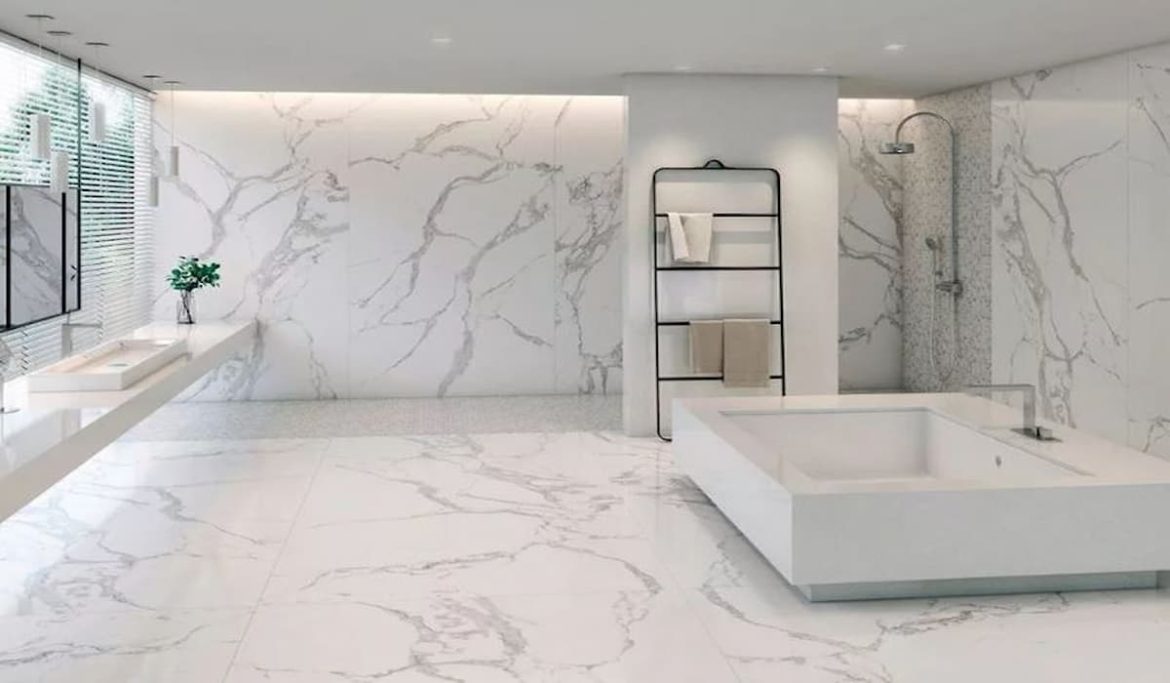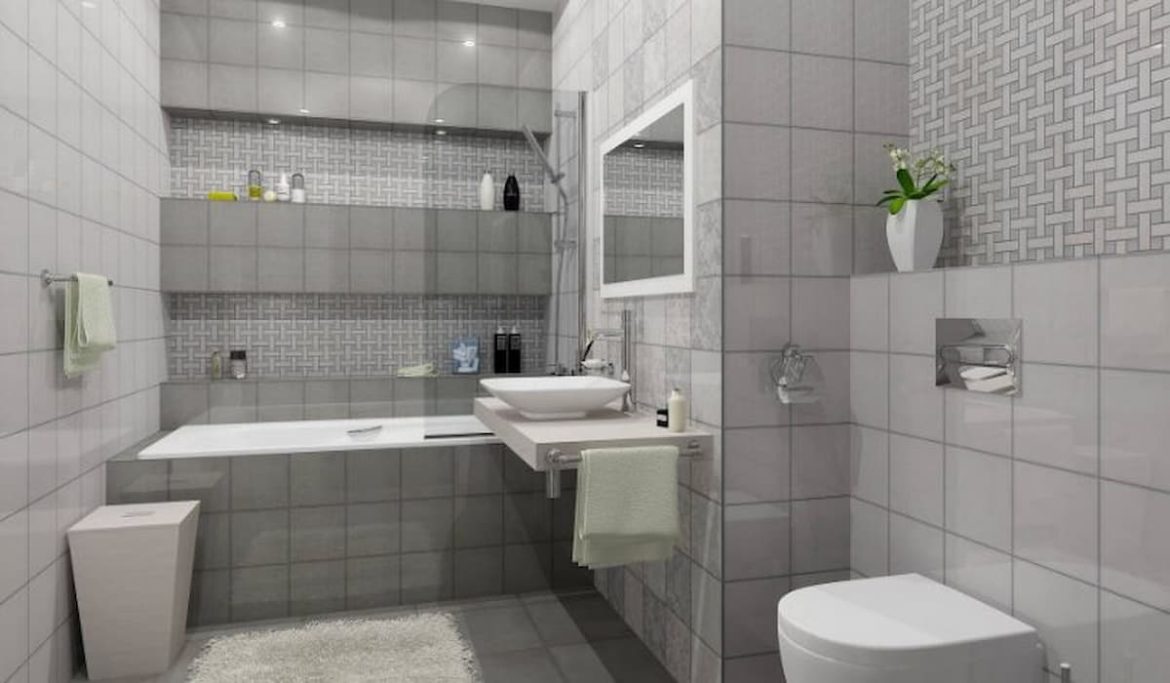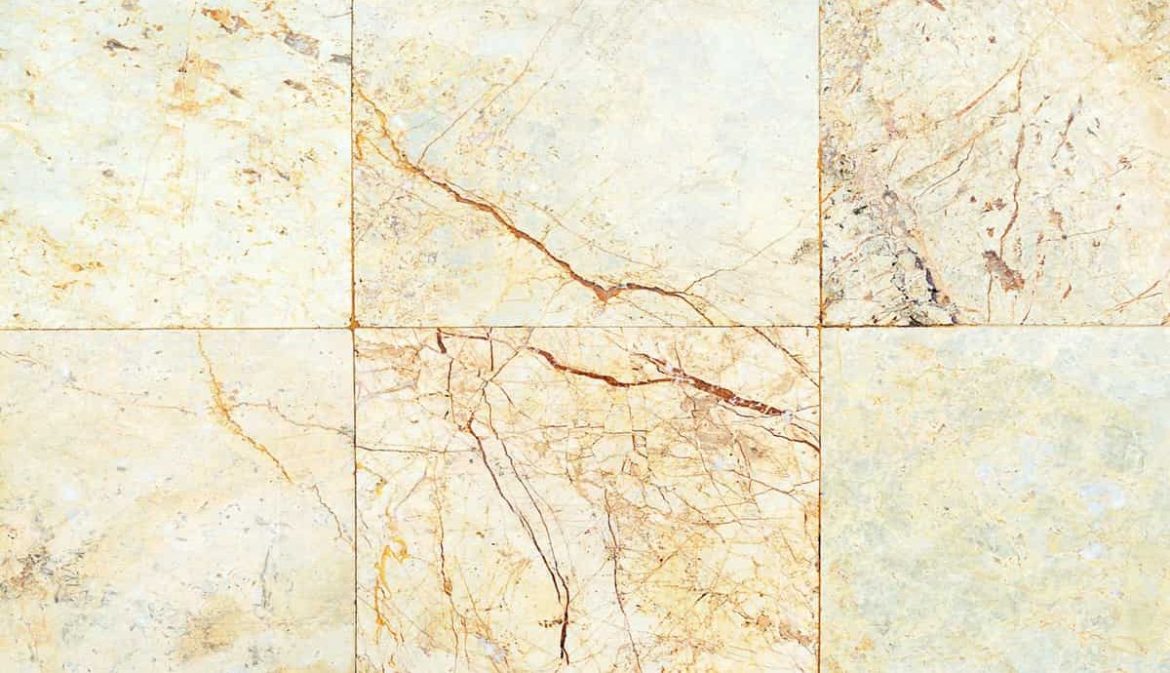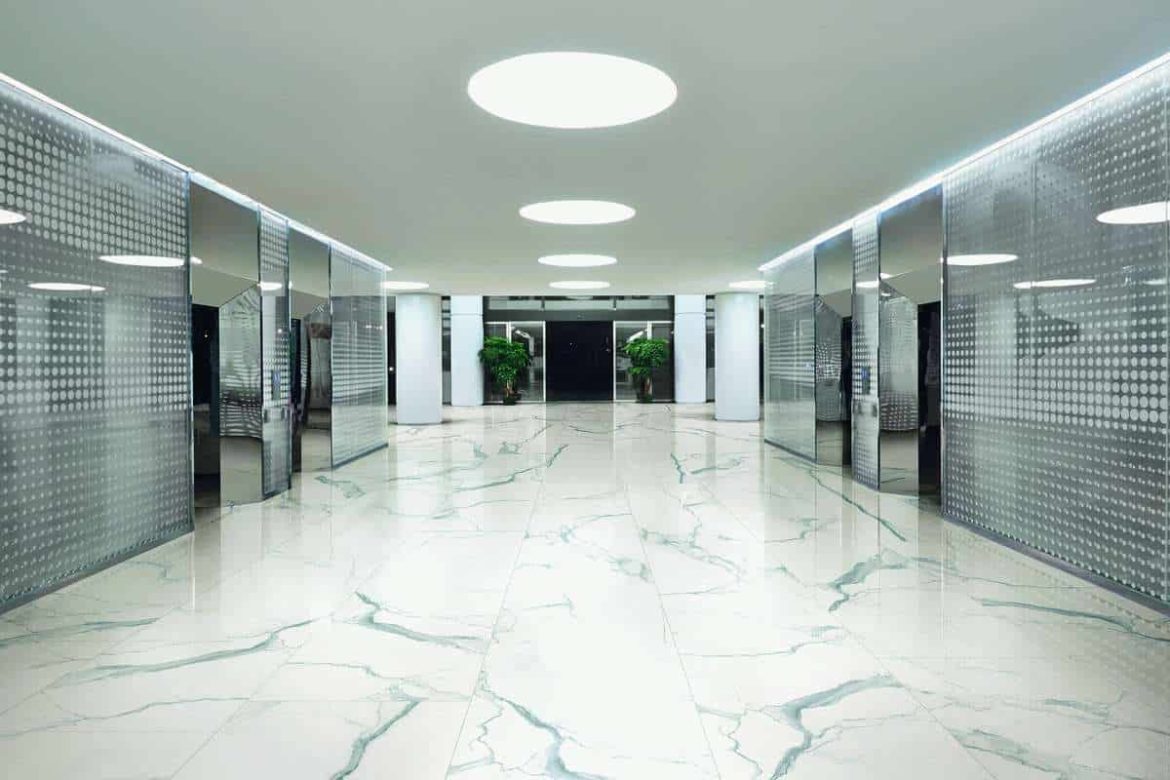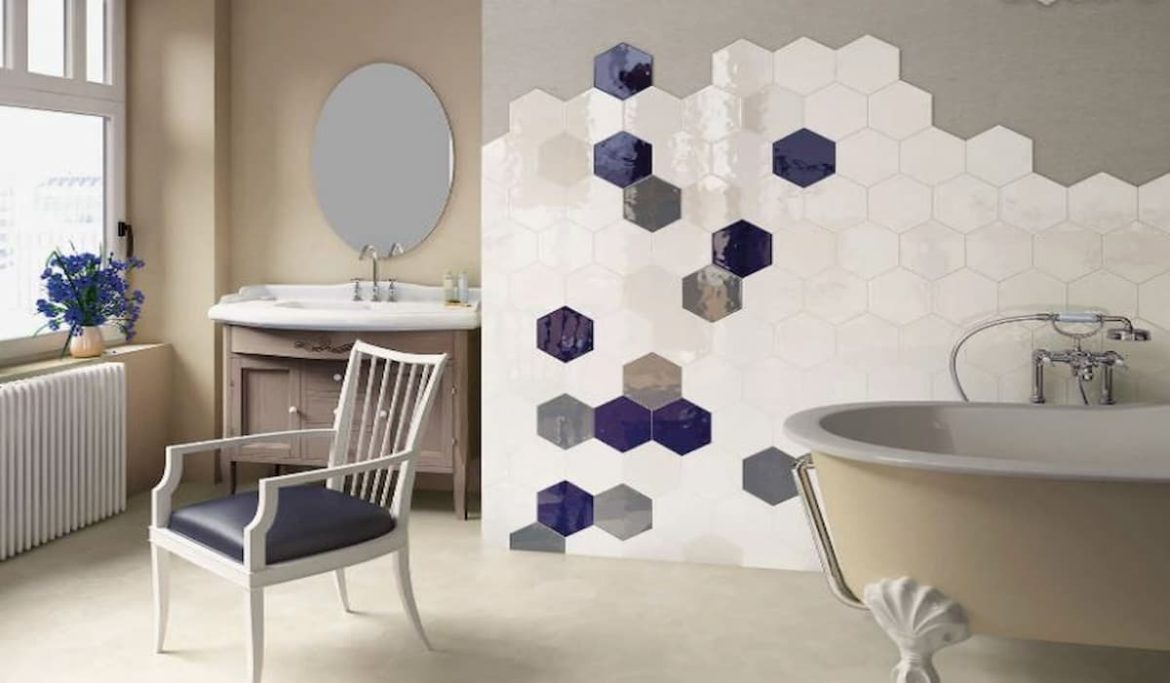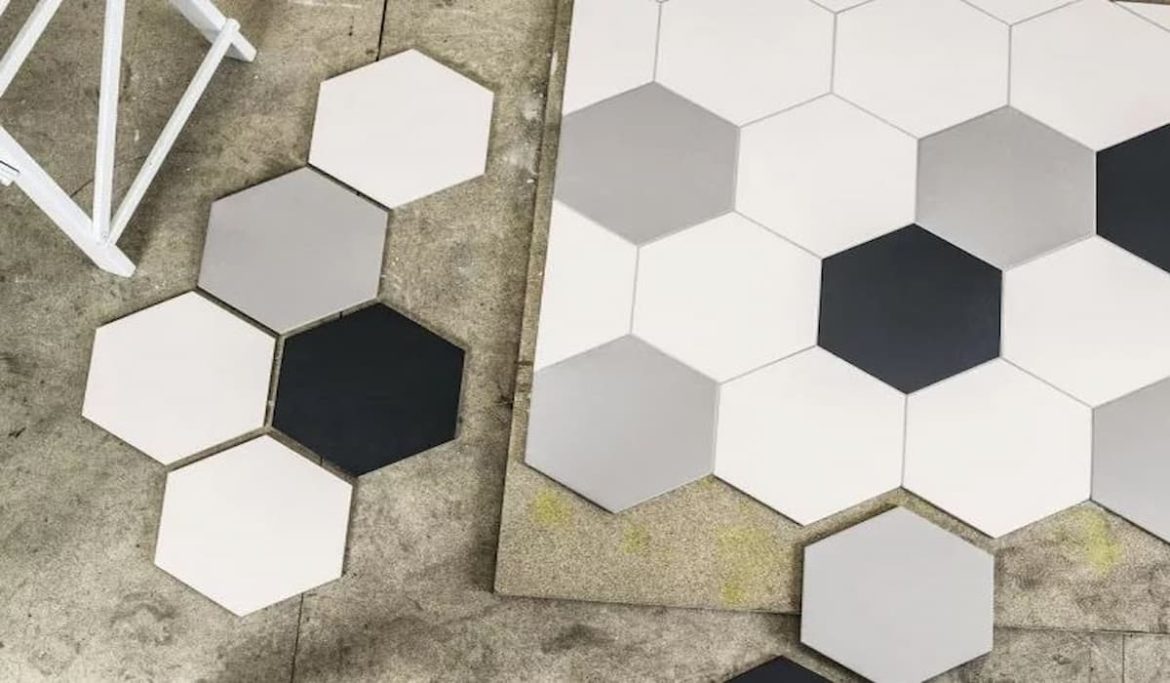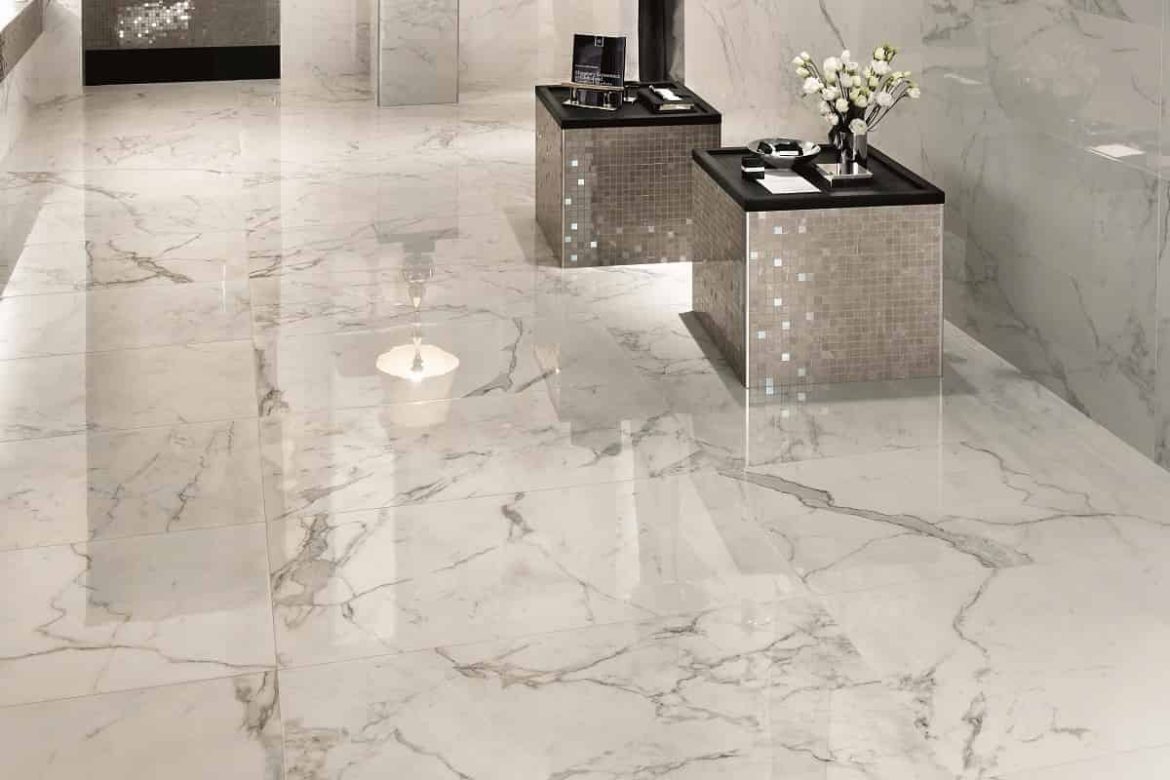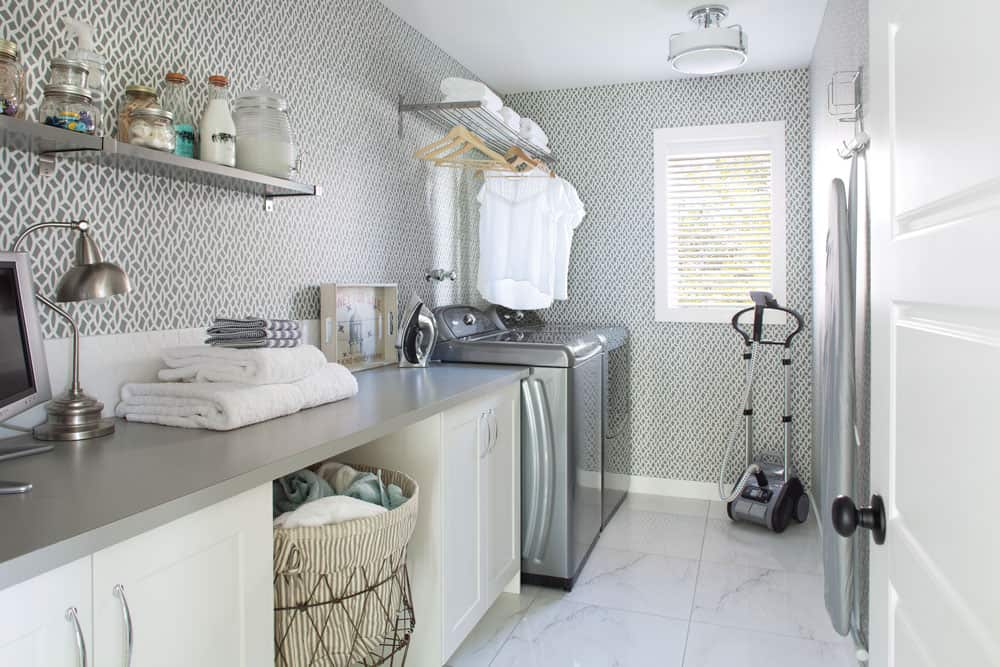Marble tile discoloration solution | Buy at a cheap price
The staining of Carrara marble caused by moisture on shower floors is a widespread issue encountered by many expert tile and stone installers in the United States
Instances of random, blotchy-looking dark spots appearing on white or light-colored stone are frequently recorded and debated in social media groups and online forums
It appears that the lack of technical information on the source and prevention of the problem that was discussed above is the likely cause of the rapidly rising rejection of white marble as a finish that is acceptable for damp regions
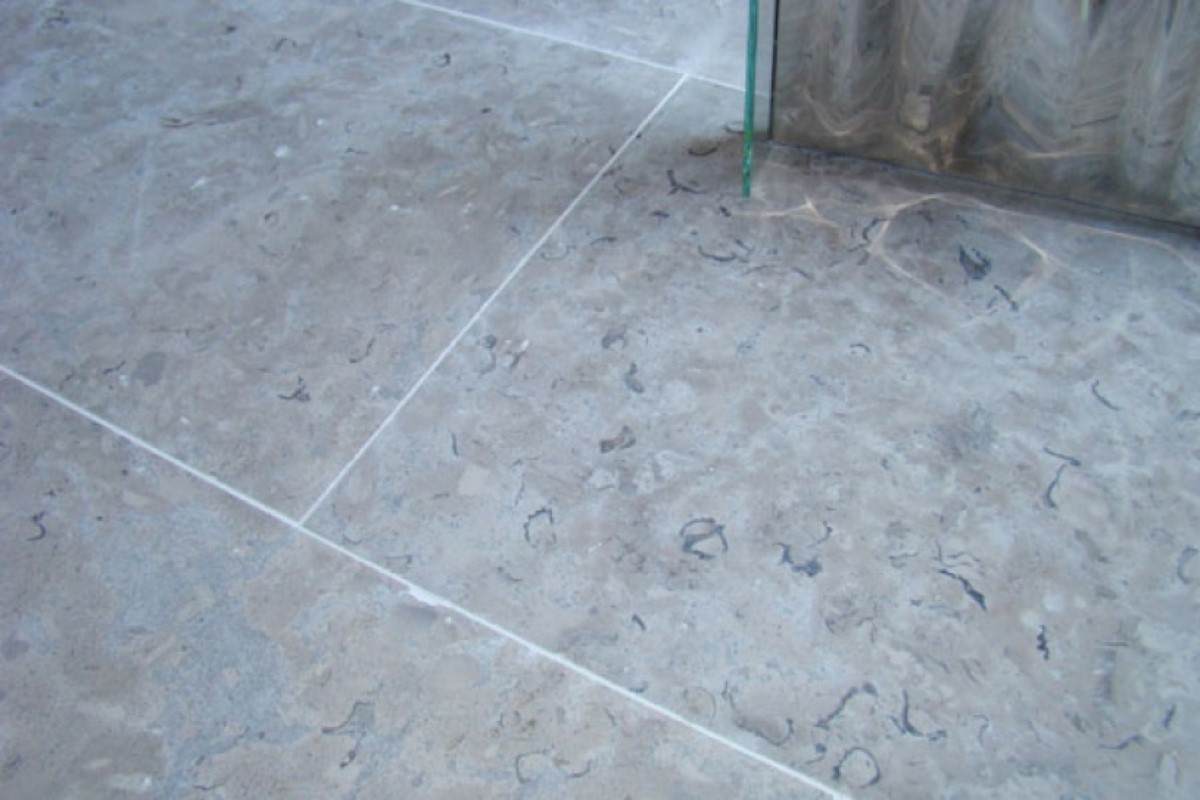
Stone is sometimes faulted for having “bad quality,” “wrong mineral composition,” and, as a result, being unable to offer predictable outcomes when it is installed on shower floors
This is because the stone can vary greatly in the types of minerals it contains
The observation frequently supports this opinion that light-colored marble is susceptible to discoloration caused by moisture not only in instances in which a tile and stone mechanic makes obvious installation mistakes, such as failing to provide the appropriate pre-slope and/or final slope to drain, having clogged weep holes, or not fully collapsing mortar ridges but also in circumstances in which the installer adheres strictly to the requirements described above
This creates a contentious situation when one considers the fact that white marbles have been successfully utilized for wet room applications for a considerable amount of time, for instance, in Europe
Ten different Carrara shower units were put through their paces with the assistance and backing of a large number of seasoned industry experts
According to the findings, the majority of the issues that occur with marbles of lighter colors are brought on by improper installation methods and techniques, which are frequently the result of an inadequate amount of technical information pertaining to this topic
The research helped identify two primary procedures that, if followed in the correct manner, will produce excellent outcomes for white marble when used for shower floors
typical shower pan made of dry pack mortar and bed Marble was typically put on shower floors using the more conventional water-in water-out mechanism prior to the escalation of the problem that was being discussed in the late 2000s
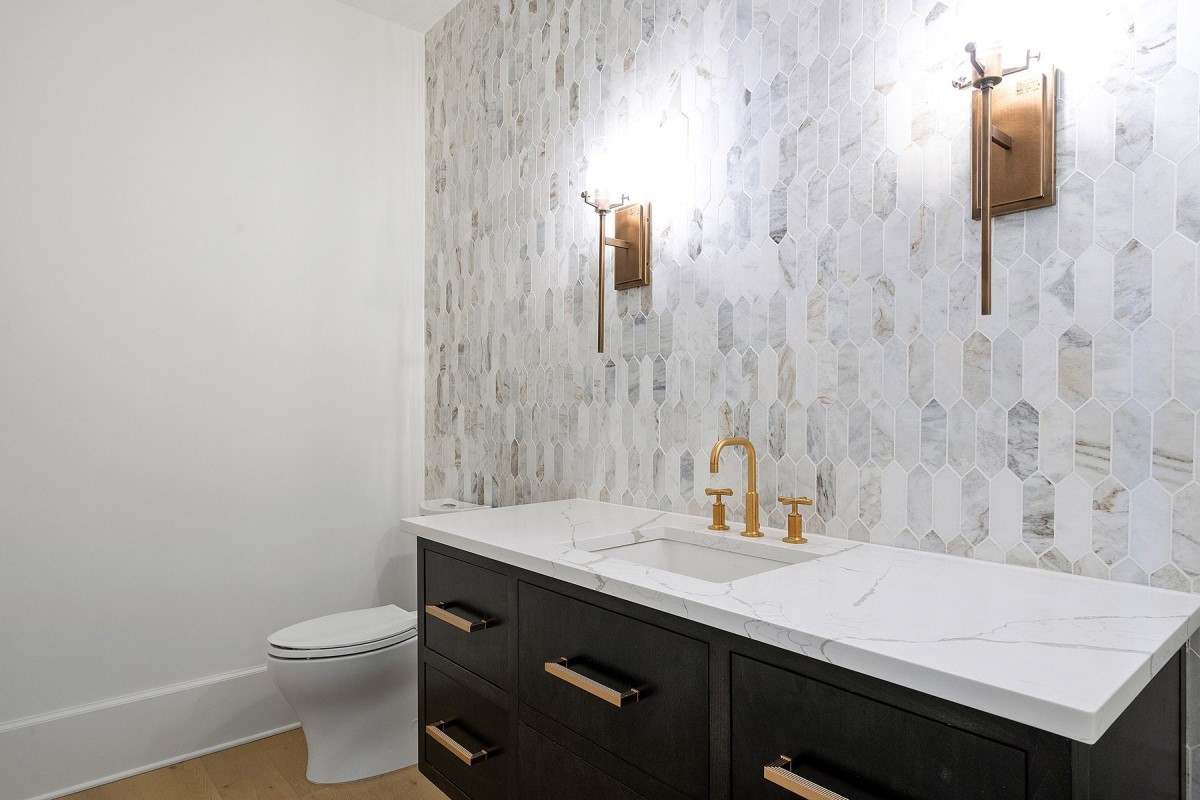
A dry-packed mortar bed, which consists of one part Portland cement to four to five parts sand, is not compacted too tightly and is not finished too smoothly
This provides a subsurface that is connected and very high in porosity, which allows water to be “taken away” from the underside of the marble mosaic in a relatively short amount of time
Suppose the stone is bonded to the substrate with a basic thin-set mortar (preferably unmodified due to its higher porosity) and grouted with a simple grout
In that case, it does not have any adhered fiberglass mesh reinforcement (a waterproof coating on the back of the stone, also known as “resin backing”)
It is not treated with an impregnating/penetrating sealer
The water absorption, migration, and evaporation processes should not face any additional complications
The aforementioned shower system will be able to accomplish precisely what it was intended to do, which is to ensure that water is properly evacuated both externally and internally
A waterproof membrane that is joined together with epoxy adhesive and grout for the shower pan When translucent stone such as marble is correctly installed with an appropriate epoxy adhesive, epoxy grout, and a very permeable (breathable) impregnating sealer, our reasonable testing indicates that the bonded waterproof membrane method also produces great results that can be predicted with high accuracy
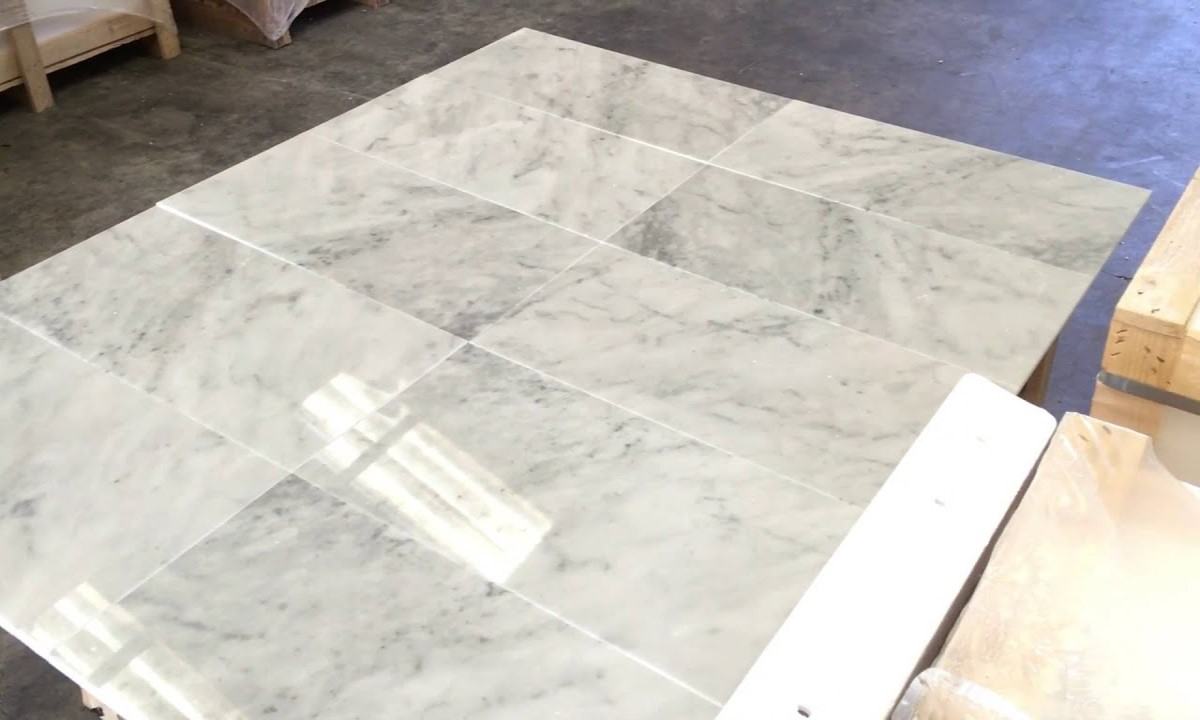
This method is ideal for use with marble
While the “dry pack” system allows for excellent drainage and internal water evacuation, the second method provides marble with a highly hydrophobic and water-repellent subsurface, nearly waterproof grout joints, and a reduced-to-minimal presence of moisture inside its pores
This allows for relatively quick topical water evacuation, evaporation of moisture, and drying of the stone
The issue with bonded membrane pan systems that are put in place with modified mortar and grout It is essential to have an understanding of the decreased porosity of modified mortars and many modern “stain-resistant” grouts – in addition to the design of integrated bonding flange drains within a bonded waterproof membrane system (which creates a little dam around the drain opening) – not to mention the application of penetrating/impregnating sealers – do not contribute to the appropriate internal evacuation and evaporation of water
This is something that must be kept in mind
Whether the stone mosaics are sealed or not, water will still be able to seep through them in the form of liquid, gas, or vapor, and the moisture will become trapped below and/or inside the stone
The moisture discoloration will only become more pronounced if the anchoring fleece in the top layer of a waterproof sheet membrane is saturated or if the cementitious coating of a foam pan is allowed to become damp
Because of the near proximity of the waterproof membrane to the stone on the shower floor, which is covered with a thin layer of mortar that is far less porous than dry pack sand, water cannot be “taken away” from the bottom of the stone
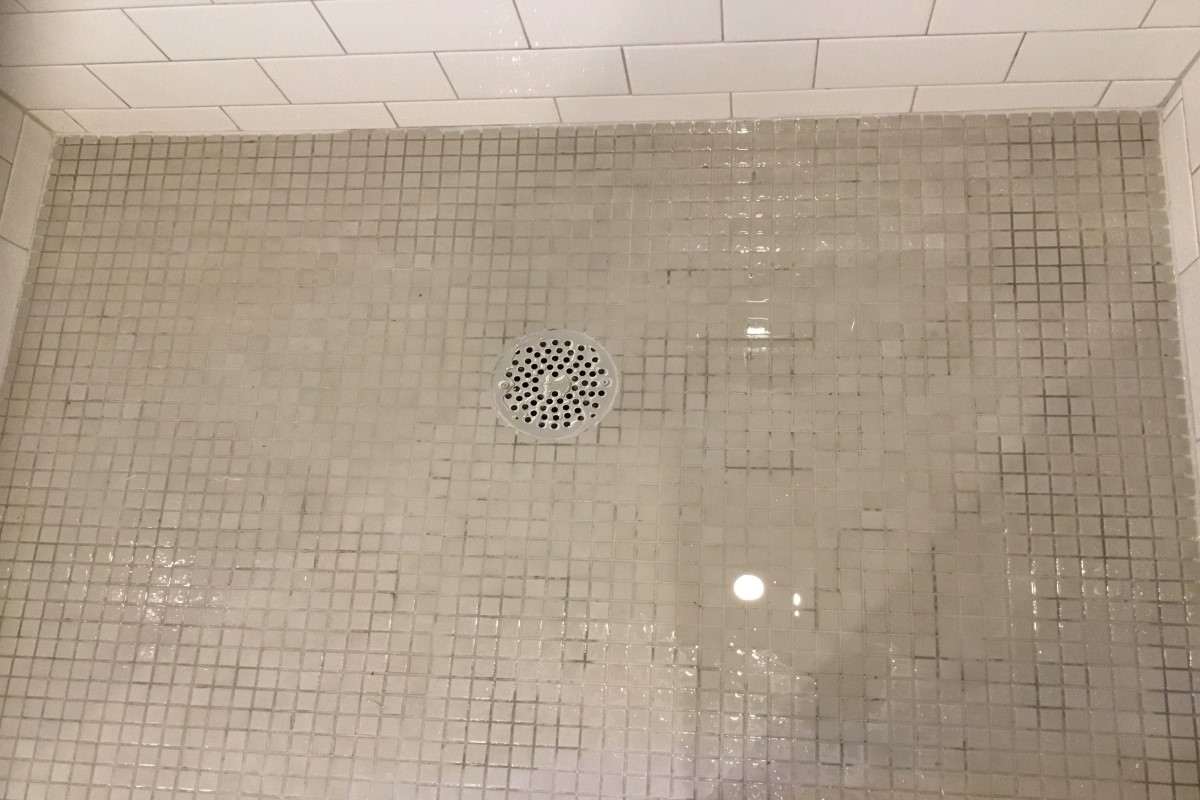
Marble and its subsurface will not become truly saturated if the shower is used only mildly, and it will be able to dry reasonably rapidly if this is the case; however, if the shower is used “heavily” (for example, by several people in a row), the chances of stone/mortar/membrane saturation are much higher
This results in a gradual entrapment of moisture within the shower floor assembly that was installed using the topical waterproofing method
If the shower is used “lightly,” the chances of stone/mortar/membrane saturation are much lower
Only one of the bonded membrane Carrara modules, the one that was put using the “epoxy” approach, has demonstrated an extraordinarily short drying time
All of the other modules were erected with complete mortar covering and a 2% slope to drain (from two to three hours to return to the original light color)
Other modules, whether they were sealed or not, all showed some moisture staining that did not completely disappear for days even though they were sealed
Again, this discoloration occurs because a bonded membrane system is unable to “hide” moisture entrapment under the translucent stone when it is installed with materials that continue to absorb moisture and are not as highly water-repellent as epoxy
This makes it impossible for a bonded membrane system to prevent discoloration

